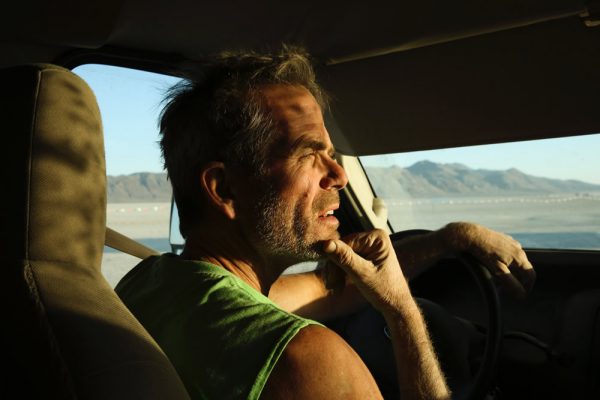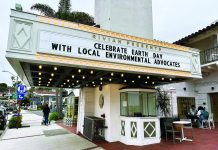
In our endless drumbeat of perfect summer days here in Laguna, it’s easy to be insulated from the perils of being human on the rest of the planet. But if you look outside the bubble, there are jarring and repeated reminders of the deepening chasm between rich and poor in our country.
Sandwiched between the stories of chronic homelessness, picket lines, student debt, smash and grab flash mobs, and yes, suicides (at an all-time high in 2022), you’ll find little nuggets highlighting the insane wealth being flaunted by those gilded few, whom F Scott Fitzgerald characterized as “different from you and me.” Nine-figure bonuses and stock options that would have been unthinkable a decade ago are now just part of the weekly news cycle.
David Karpf, an associate professor of media and public affairs at George Washington University, has a research project in which he’s reading through every back issue of Wired Magazine through the 90s. One thing he keeps noticing is “just how small the numbers were back then. It all got magnified a hundredfold.” In fact, the world’s richest man has amassed so much power he can literally control the outcome of a war because he owns the satellite communications one country depends on.
And then there’s real estate. Remember, just a few years ago when the Twin Points home at the nexus of Shaw’s Cove and Crescent Bay was the absolute outlier at a sale price of $43 million? But then, soon after, a home in Irvine Cove sold for $70 million. Now, those numbers seem quaint. In a recent Los Angeles Times “Hot Property” real estate advertising section, the cover page was a broker who boasted 26 active listings in excess of $20 million. Three were more than $60 million. Inside were other listings from other brokers – ones for $87, $74, $69, $62 and $52 million. I’m not going to waste your time mentioning all the boring “tract homes” at $20 and $30 plus million. You almost feel sorry for those sellers because their homes just don’t stand out.
What the living hell? Where is all this wealth being generated from? Why, the middle class, of course, whose jobs are systematically being eliminated by robots, AI and shareholder pressure.
Look at the writers’ and actors’ strikes. Eighty percent can’t make a living in their chosen profession and have to take multiple jobs. But the industry executives routinely take home tens of million a year. Where is all this money coming from?
Or how about our hotel workers, who went on strike recently? Many live hours away from work and toil as much as 80 hours a week, sleeping in their cars and working two to three jobs just to come home on weekends to see their families.
Then there’s the spate of smash and grab robberies of department stores, where literally organized mobs storm a store and load goods in sacks before racing away. Desperation has never looked so desperate.
And finally, there’s the great existential crisis of our times: homelessness – in the wealthiest country in the history of mankind. Those of us lucky enough to be shielded from it may not feel particular compassion. It’s an abstract. If we drive past an encampment, we roll up our windows and shield our eyes from those “others” – the sub-humans who somehow choose this life. But a recent LA Times investigation revealed a different story:
“Public policy and common perception have long tied the road to homelessness with mental illness and drug addiction,” the story reads. “But a new study — the largest and most comprehensive investigation of California’s homeless population in decades — found another cause is propelling much of the crisis on our streets: the precarious poverty of the working poor: especially Black and brown seniors.”
“We have come to the point of income inequality that if you are older and unable to work, homelessness is a real threat throughout the Golden State. Nearly half of single adults living on our streets are over the age of fifty. And 41% of those older, single Californians had never been homeless — not one day in their lives — before the age of 50”
This week the United Ways of California released its Real Cost Measure Report, revealing that the cost for a family of four to meet their basic needs in Orange County is $109,833. More than one-third of families live below that measure.
It’s easy to blame a political party, but they are both guilty of working at the behest of big business – their primary source of fundraising. And sadly, capitalism as a system has failed a vast swath of Americans.
It was articulated so resoundingly back in 2016 by Presidential candidate Bernie Sanders. This cranky old New Yorker galvanized a youth movement and somehow made the long-demonized word Socialism seem compatible with a form of Capitalism that was fair and taxed the uber-rich to provide for the poor. Like so many European countries.
But that’s in the past, just like Al Gore and his pledge to fix the climate 23 years ago. I don’t have the answer. I just know that we can’t continue like this.
Billy is the CEO of La Vida Laguna, an outdoor adventure company, and the host of “Laguna Talks” on KXFM radio – Thursdays at 8 p.m. Email: [email protected].




